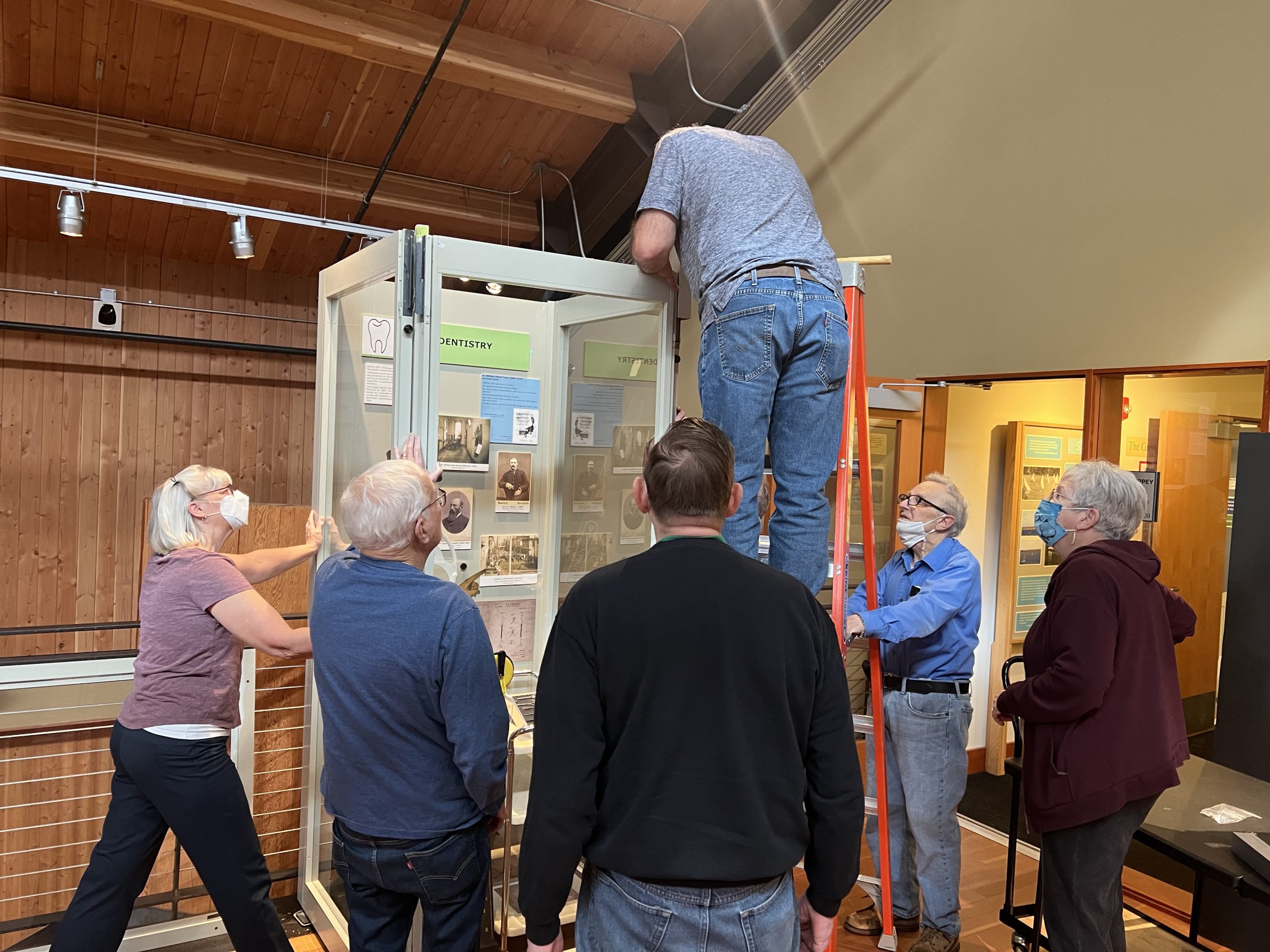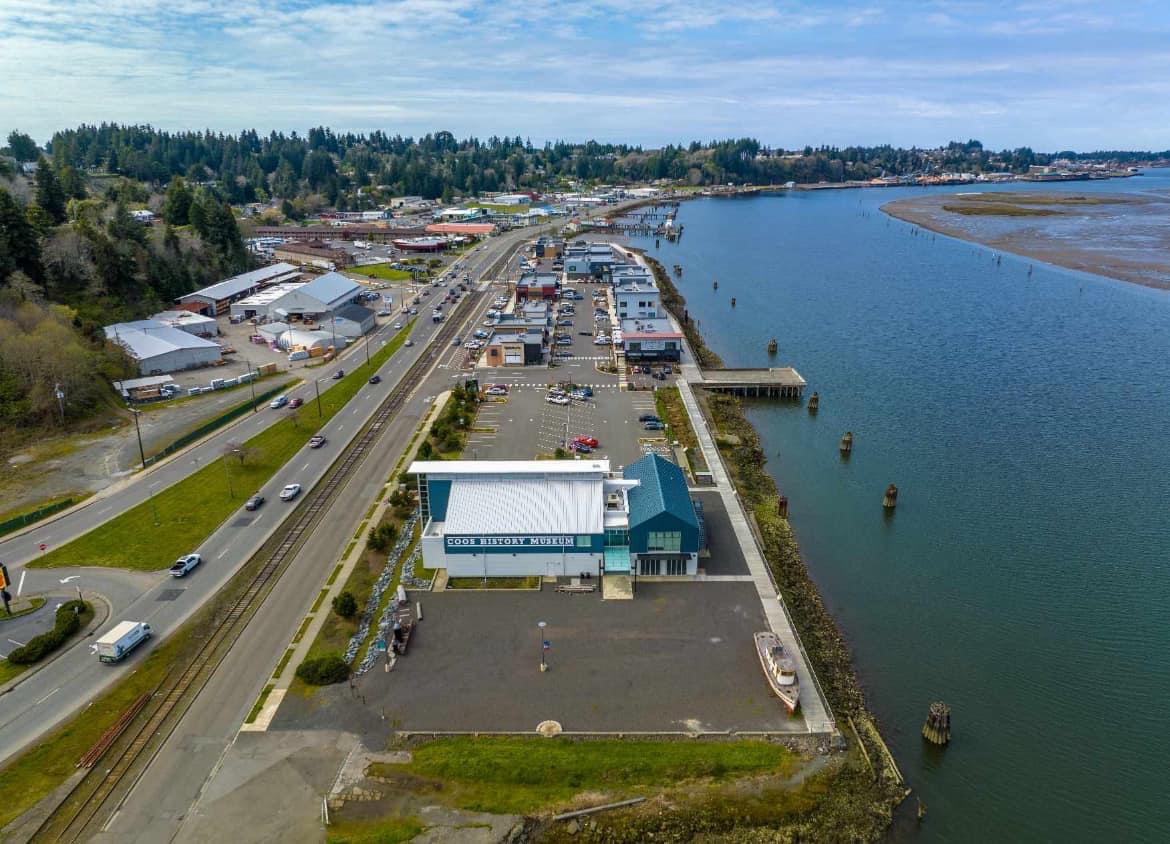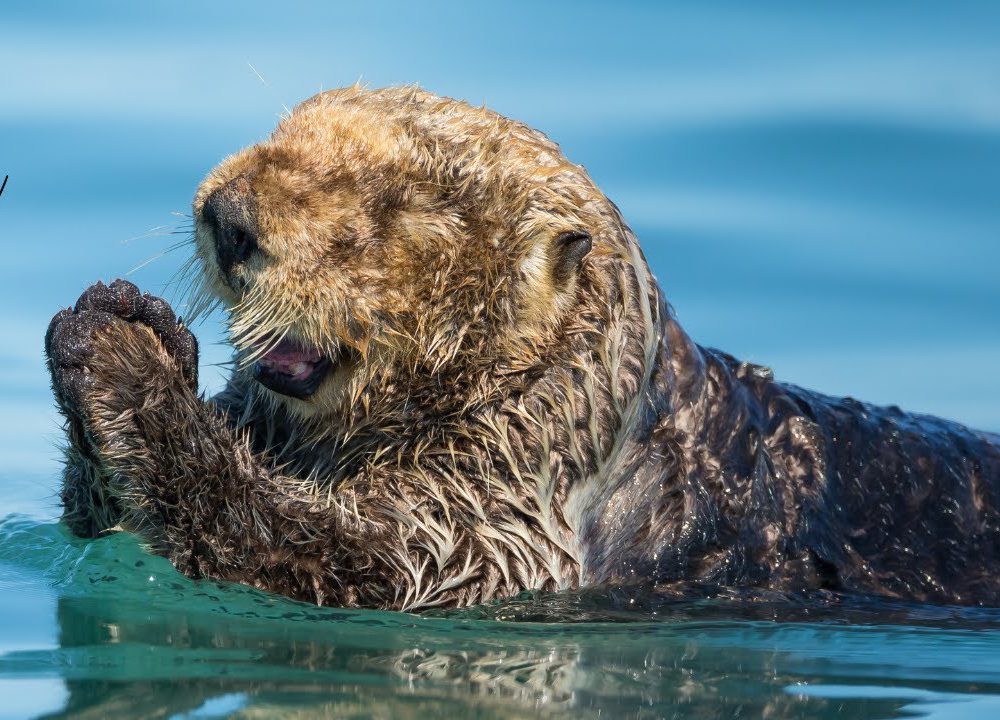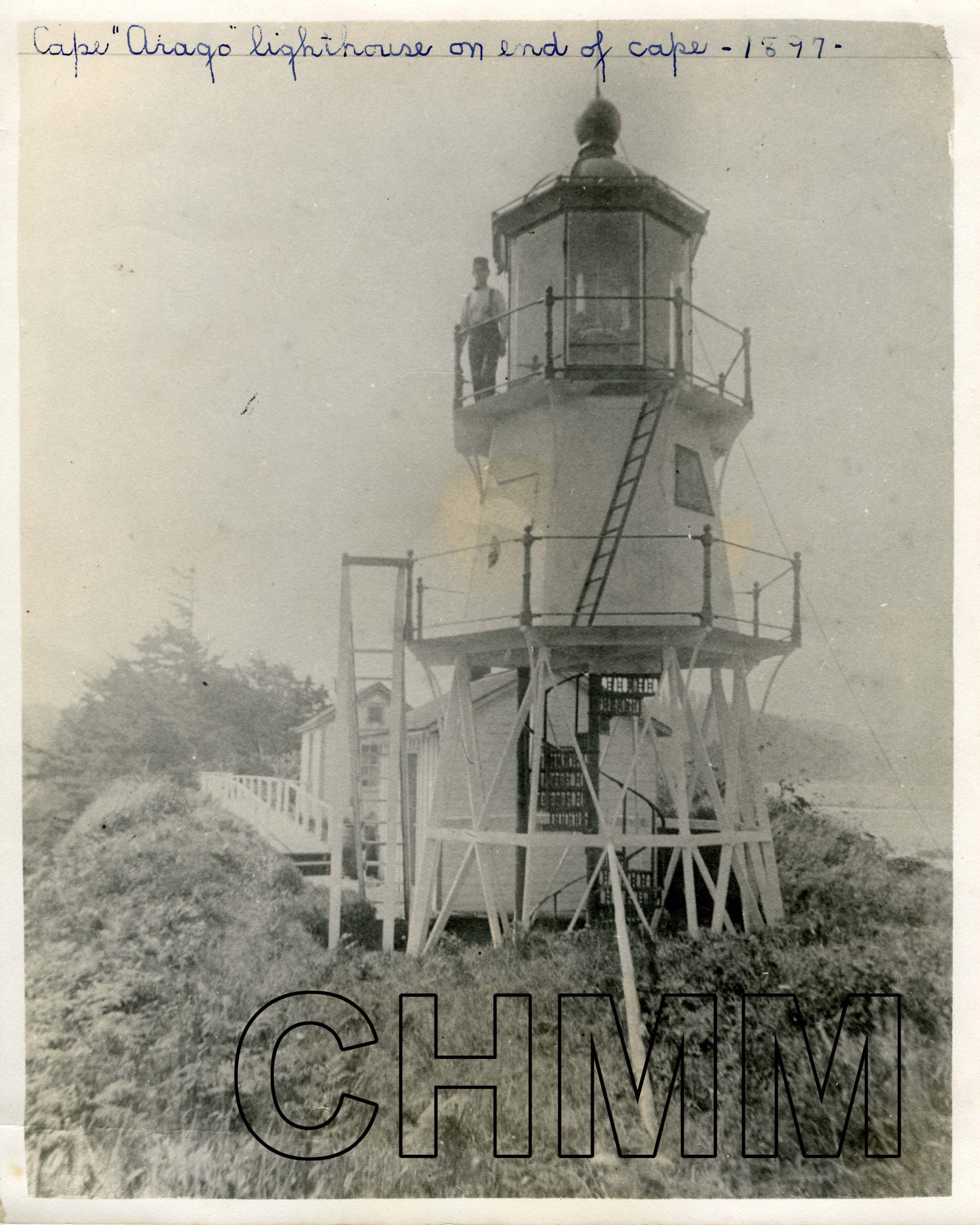This April, the Coos History Museum was thrilled to welcome Bob Bailey, Board President of the Elakha Alliance as part of our First Tuesday Talk lecture series. His presentation captivated our audience, answering the age-old question of what happened to Oregon’s sea otters. Attendees learned why sea otters, once plentiful along the Oregon coast, are no longer here—largely due to their exploitation during the height of the fur trade.
Exploring the likelihood of their return to Oregon’s marine ecosystem, this talk highlighted the coastal biodiversity, ecological concerns, and cultural importance of these beloved marine mammals.

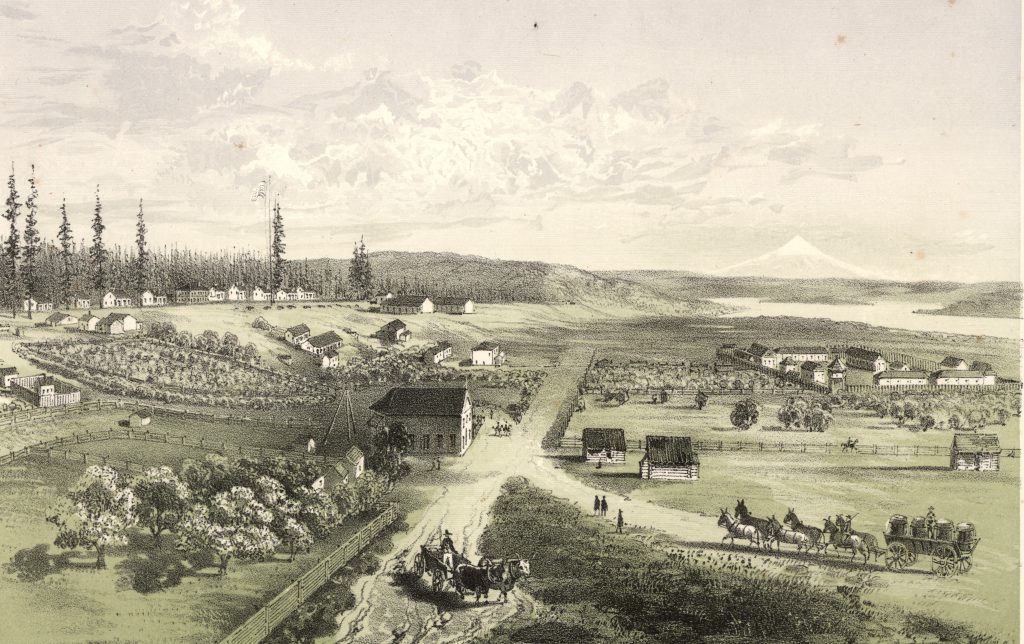
The story of sea otters is a doorway into Oregon’s fur trade history. During the 18th and 19th centuries, fur-bearing animals—especially beavers and sea otters—were highly sought after by global markets. The North American fur trade brought together a complex network of traders, trappers, Indigenous communities, and international buyers. Oregon’s rivers, forests, and coastline were rich in resources, making this region a key player in a trade system that stretched across continents.
Visitors of the Coos History Museum can explore this chapter of history in our Welcome Gallery. Through the story of a small, colorful collection of glass trade beads, we explore the influence of fur trade moguls like the Hudson’s Bay Company – headquartered at Fort Vancouver along the Columbia River – and the currencies which dominated their trade.
Our Welcome Gallery also highlights current research—including studies on bead composition using advanced techniques like laser ablation—which continues to shed light on how goods moved and relationships formed during the fur trade era.
As we reflect on the natural and cultural landscapes of the past, programs like our April Tuesday Talk help us understand the importance of conservation, cultural memory, and the enduring impact of the fur trade. From sea otters to glass beads, the story of flora, fauna, and human connection continues to shape our region’s history.

